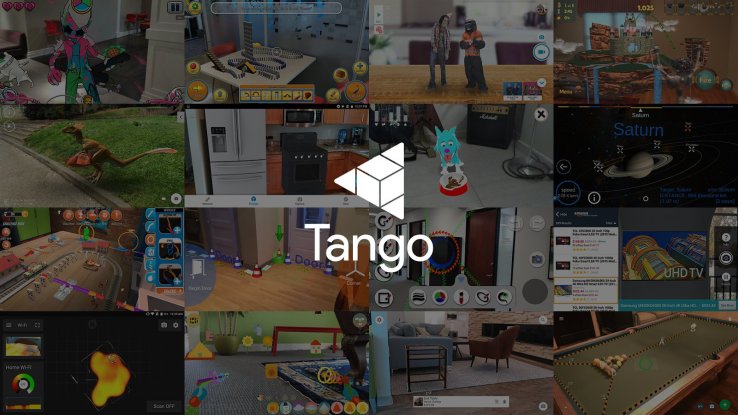

Google announced today that it’s shutting down its high-end smartphone augmented reality platform, Tango, in order to focus on the more mass market ARCore product. The company had already confirmed this much to us when they announced ARCore in August, but now we have an official timeline for Tango’s demise.
Tango support will cease March 1, 2018.
“Thank you to our incredible community of developers who made such progress with Tango over the last three years,” the company said in a tweet. “We look forward to continuing the journey with you on ARCore.”
First introduced in 2014, “Project Tango” was a bit of a trailblazer in its own right, preceding Apple’s ARKit with a phone and tablet-based mobile AR solution that relied on advanced camera hardware to build 3D meshes of spaces in a manner similar to the way Microsoft’s HoloLens functions. Getting phone manufacturers to build this fairly expensive functionality into their products was a fool’s errand for Google, which only succeeded in getting the Tango platform running on a few gimmicky devices over the course of three years.
The company seemed to have its hand forced this year by Apple, which talked a big game regarding its ARKit platform on iOS11, leaving Google to abandon the high cost of entry to Android AR with the introduction of ARCore this past August. There’s quite a lot of crossover in these technologies though, so it’s not like Tango was all for naught. The platform simplifies things a bit, focusing on plane detection rather than building a 3D mesh of the space. This allows ARCore functionality to run on popular phones like the Galaxy S8 and Pixel that don’t have crazy multi-camera IR setups on them.
“Our goal with Tango was really to prove out the core technology and show the world that it’s possible,” Google AR/VR boss Clay Bavor told TechCrunch in August. “Obviously others have started to invest in smartphone AR, our goal with Tango has always been to drive that capability into as many devices as possible.”
This shutdown is pretty logical; there’s no sense having a fractured development process for a platform like Android that’s already so difficult to align behind a single AR platform. This is all fairly low-stakes at this point, given the lack of established use cases, so dialing back from more advanced technologies to more approachable ones is probably the right call. Nevertheless, this does suck for the handful of users who purchased phones, including the Asus ZenFone AR, which were released just months ago and highlighted Tango as a hallmark feature of the device.

